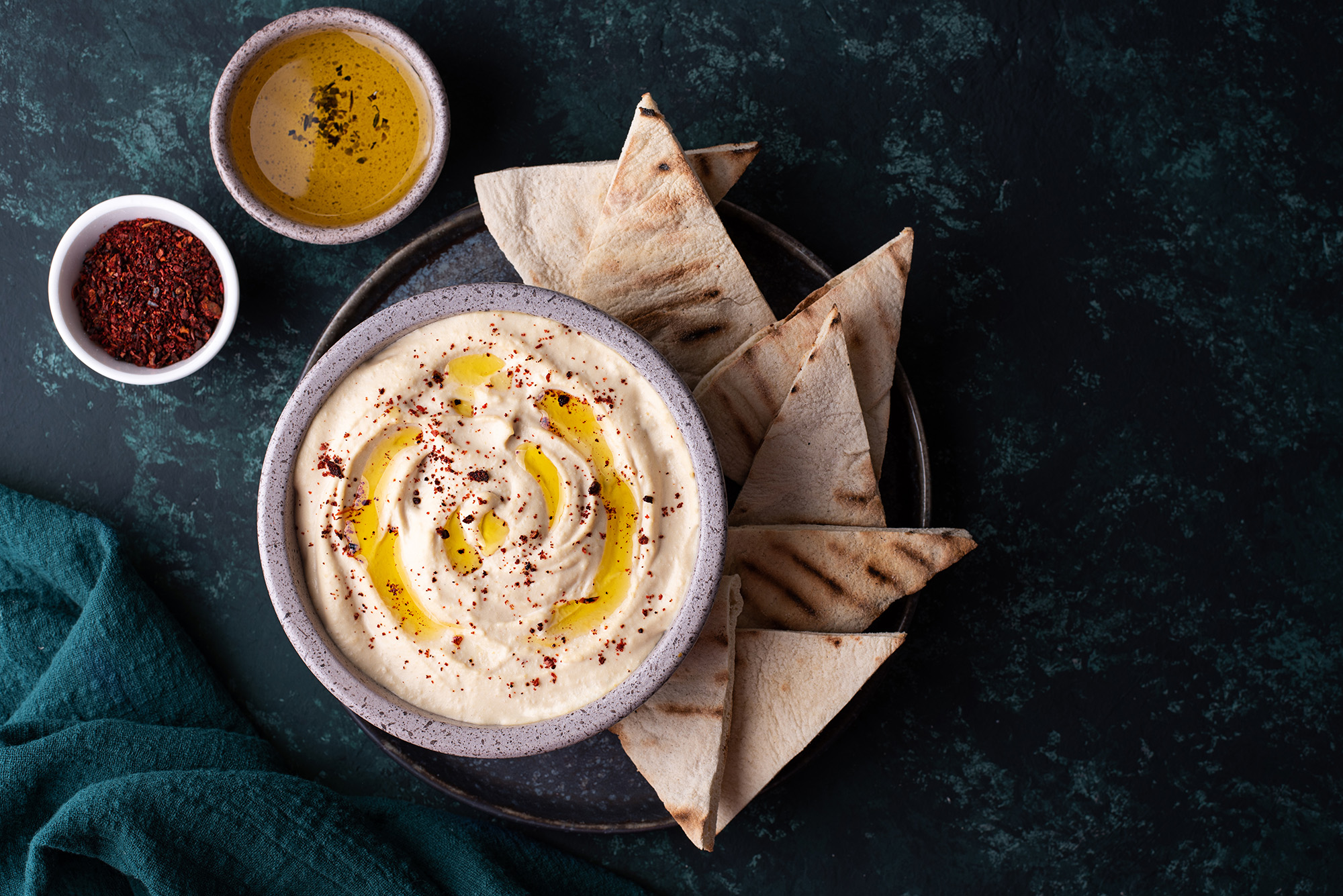Snacks can fit into a healthy eating plan and provide an energy boost between meals, if they’re planned right. To recognize National Nutrition Month this March, Business Health Trust offers resources from the Academy of Nutrition and Dietetics, which recommends choosing nutritious foods from the MyPlate food groups to help increase variety and reduce sources of empty calories and added sugars.
Find the right snack for your eating style and activity level. Keeping snacks to 200 calories or less can be a reasonable goal for most people. Adults and teens who are more active, or eat smaller meals throughout the day may want to aim for 200 to 300 calories per snack.
Make snacking a smart habit by:
- Snacking only when you’re hungry. Eating out of boredom or for emotional reasons can lead to weight gain. Rate your hunger before reaching for a snack and avoid mindless eating.
- Having snacks planned and portioned out ahead of time. Fixing snacks in advance, like washed and cut-up fruits and vegetables, air-popped popcorn, and low-fat cheese, can save time later on.
- Practicing food safety. Keep perishable foods refrigerated or in a cooler bag with ice packs to help reduce the risk of food poisoning.
Make snacking simple by choosing different fruits and vegetables, depending on what is in season or on sale. Fresh, frozen, canned, or dried are all good options. Compare labels to limit items high in sodium, saturated fat and added sugars.
Keep your snacking lively by including snacks that contain grains, especially whole grains, lean protein and healthy fats. Some examples include fat-free yogurt with fruit, whole-grain crackers with low-fat cheese, or raw veggies with hummus.
Eating different combinations of foods can be very satisfying and help to curb hunger. Snacks that include fruit can also satisfy a craving for something sweet.
Ways to make your own convenient and ready-to-eat snacks at home:
- Make your own trail mix by combining whole grain cereals, unsalted nuts or seeds and dried fruit. (Tip: portion into ¼ cup servings)
- Blend your own smoothie by adding 1 cup fat-free milk and frozen fruit to a blender.
- Mix 3 cups air-popped popcorn with grated cheese or dried spices.
- Bake vegetable chips, like kale or beets.
- Roast chickpeas (or garbanzo beans) and season with spices.
- Make a dip using low-fat cottage cheese or Greek yogurt for raw vegetables.
- Mash an avocado with salsa and eat with whole-grain tortilla chips or spread on a whole wheat tortilla, sprinkle with low-fat cheese, then roll it up and enjoy.
- Cut up fruit to make kebobs and serve with low-fat yogurt dip.
- Slice a medium apple and eat with 1 tablespoon of peanut, almond, or sunflower seed butter.
- Mix equal amounts of fat-free plain or flavored yogurt with 100% fruit juice, then pour into paper cups and freeze for a tasty treat.
- Top graham crackers with nut or seed butter or dunk them in low-fat vanilla yogurt.
- Cut a whole wheat pita into wedges and serve with 2 tablespoons of hummus or bean dip.
- Make a veggie pizza by topping a whole wheat English muffin or pita with 2 tablespoons tomato sauce, ½ cup diced fresh veggies, and 1 ounce low-fat mozzarella cheese.
- Create a scrumptious yogurt parfait by layering 6 ounces of fat-free yogurt with ½ cup fresh or frozen fruit, then sprinkle ¼ cup (or less) low-fat granola on top.
- Prepare instant oatmeal using fat-free milk, 1 tablespoon maple syrup, a sprinkle of cinnamon, and ¼ cup dried fruit.
- Dress up a salad with a hard cooked egg or edamame, tomato, and 2 tablespoons reduced-fat dressing.
- Whip up a quesadilla in the microwave using a whole wheat tortilla, ¼ cup black beans, 1-2 tablespoons low-fat cheese and 1 ounce of salsa.
- Build veggie skewers with cherry or grape tomatoes and cubes of low-fat cheese or cooked tortellini and lean luncheon meat.
- Make a tuna apple sandwich by combining a 5- to 6-ounce can of tuna packed in water (drained), 1 small apple (peeled and sliced into chunks), 1 tablespoon light mayo, then spread it on 2 slices of whole wheat bread.
To share these resources, download this flyer from the Academy of Nutrition and Dietetics.




